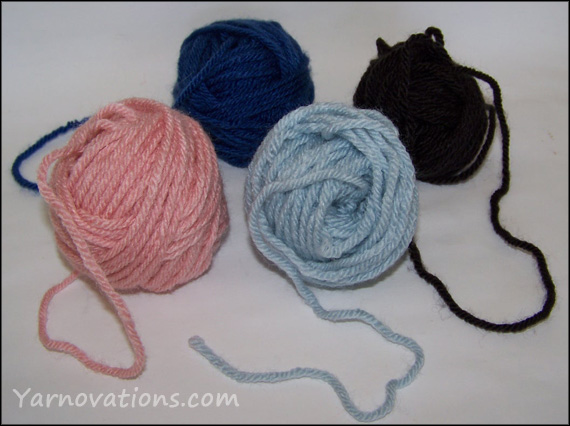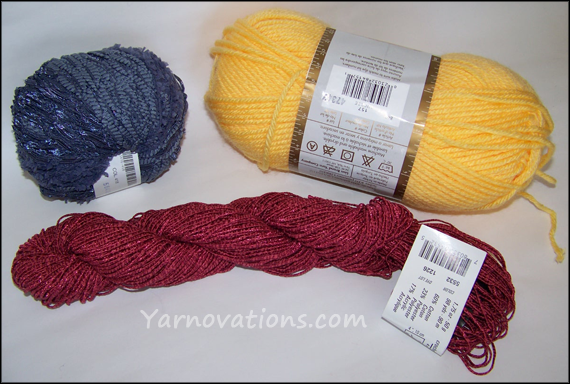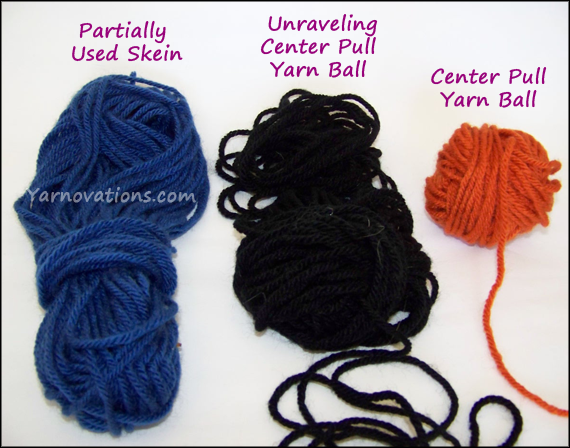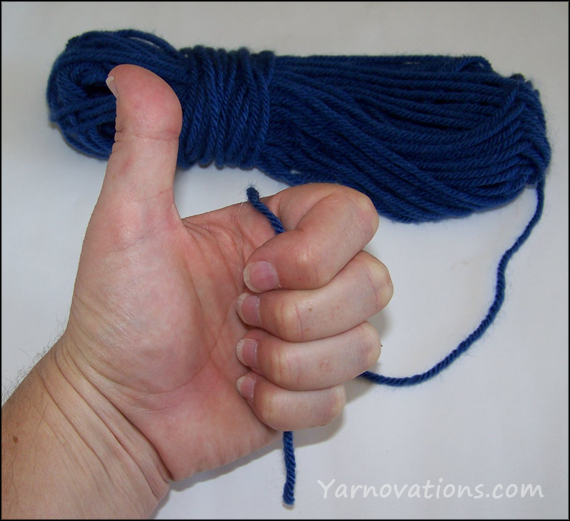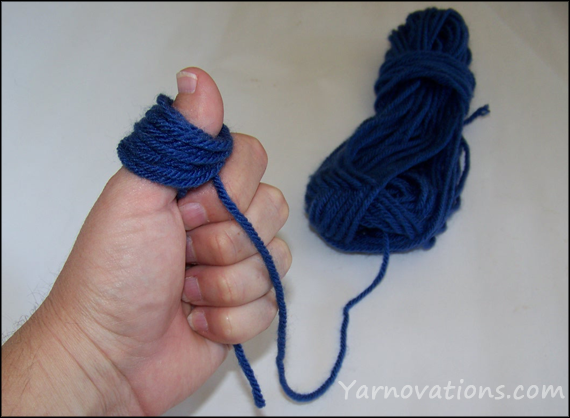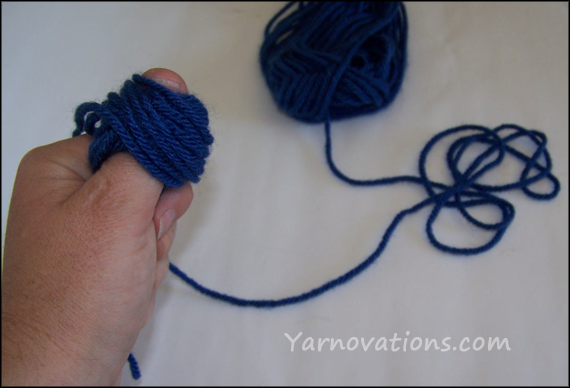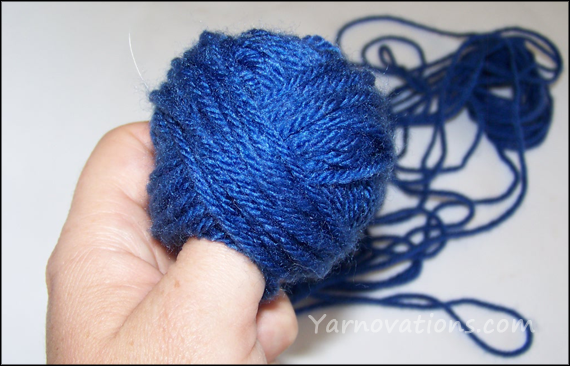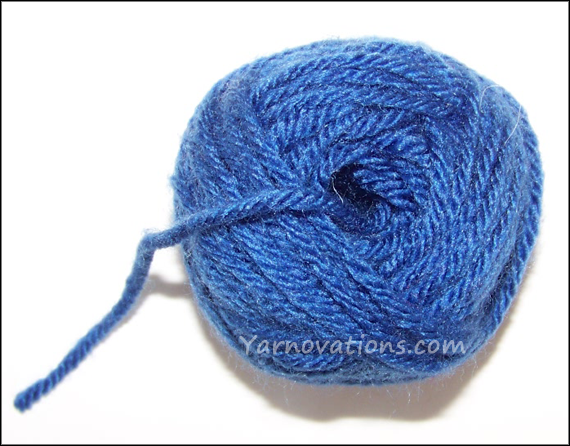Unlike knit and crochet, you can’t change the pin size on the pin loom to weave with yarns of various weights. The pins are fixed and to get a traditional weave, you are limited to a certain size of yarn. Or are you? Let’s take a closer look at yarns and what yarns work best for pin loom weaving.
Three variables should be considered when selecting yarn for pin loom weaving: yarn weight, fiber content and yarn structure. Below is a photo of yarns in various fibers and weights including wool, silk, nylon, cotton and polyester in superfine (1), sport (3), and medium worsted (4) weight.
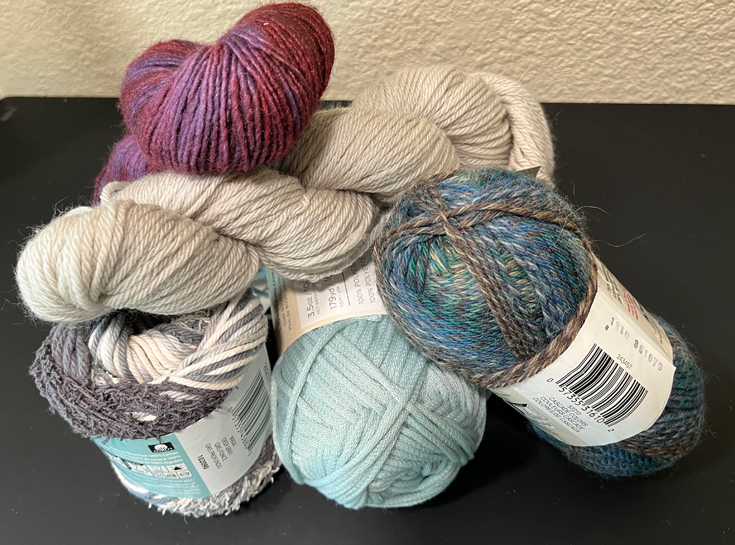
See Yarn Label for Details
Yarn labels have a wealth of information. Some have more info while others make you turn to the internet for answers. Refer to the label below and see if you can find the following information:
- Washing instructions (yes, you can wash and dry this – elsewhere on the label it gave more detail washing information)
- yarn fiber (100% acrylic)
- yarn weight (medium worsted (4))
- skein weight (3.5 oz/100 g)
- skein length (170 yd/156m)
- knitting needles recommended (9/5.5mm)
- crochet hooks recommended (J/10/6mm)
- this label even says it’s great for making afghans, scarves and sweaters!
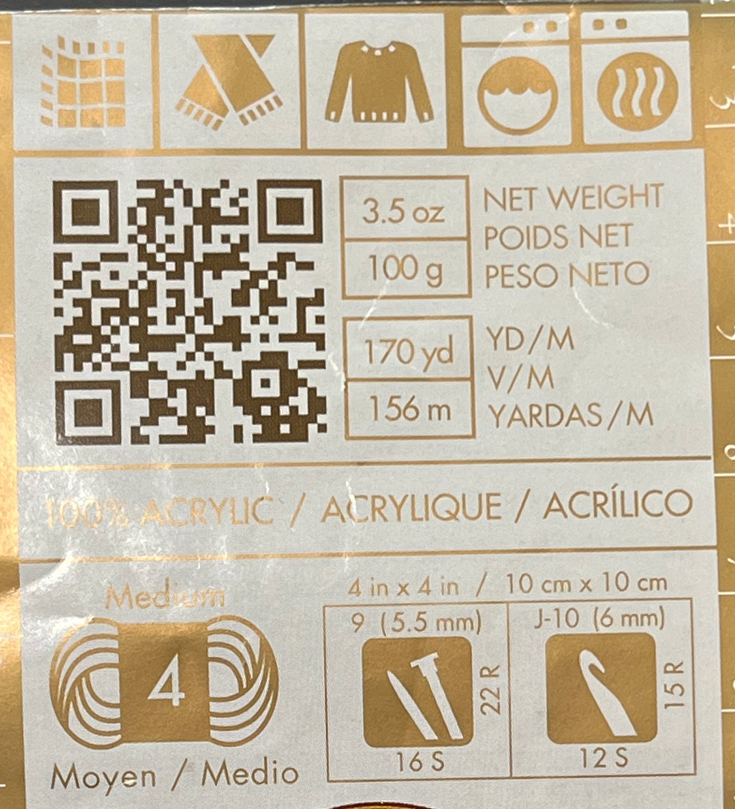
Yarn Weight for Pin Loom Weaving
A thin yarn creates a fabric with large holes between strands while a thick yarn creates a fabric that’s really dense. Most people weave with yarn that’s somewhere in the middle. Below is a photo of a 4″ square woven in Lion Brand Yarns Vanna’s Choice which is a medium worsted weight (4) yarn.
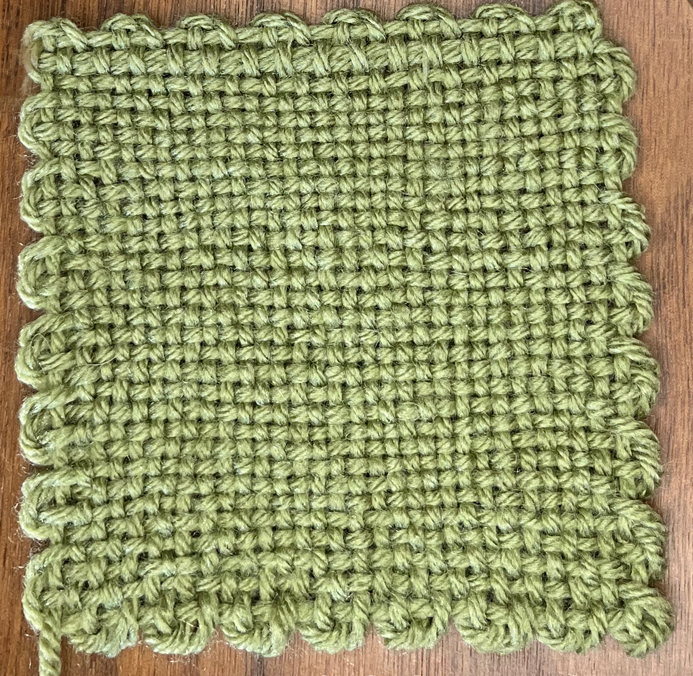
Light or DK weight (3) and medium worsted weight (4) are what most people use to weave on a standard pin loom. It creates a fabric that has some drape but also tight enough to use for flat or shaped projects like afghans, shawls and toys.
We’ve made afghans, gnomes and even vegetables with worsted weight yarn! Pictured below, the Viking Gnome was made primarily with Lion Brand Basic Stitch (4). The vegetables were made with Red Heart Soft (4).
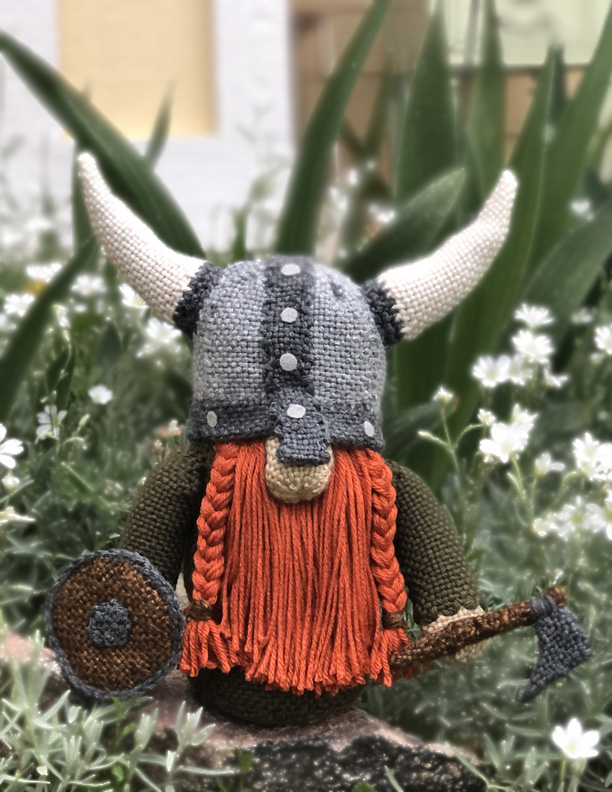
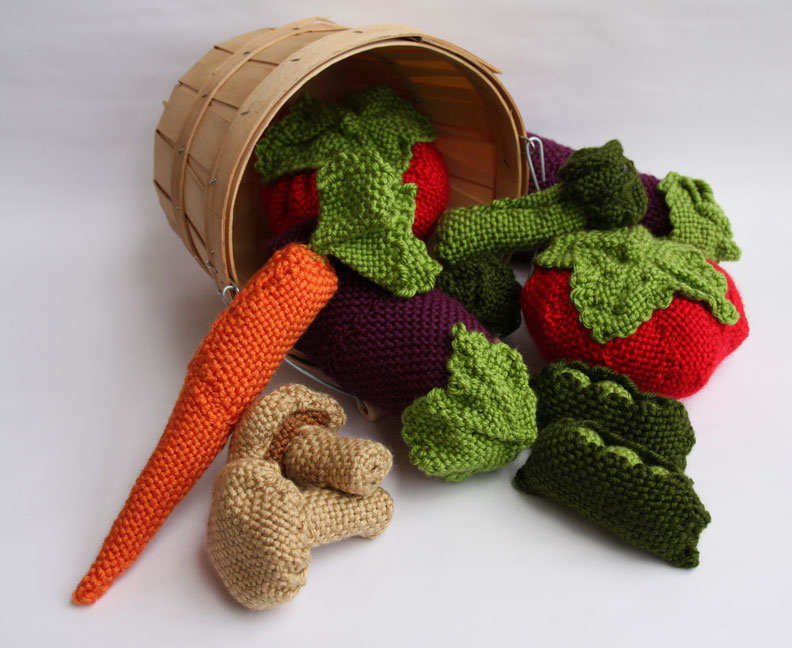
Fine (2), superfine (1) and lace (0) weight yarn can also be used. For very loosely woven fabric, weave it as a single strand. For a drape similar to light or worsted weight yarn, then double up the threads.
Below is a photo of a 4″ square made with superfine (1) yarn held double for both warping (wrapping yarn on) the loom and weaving the square.
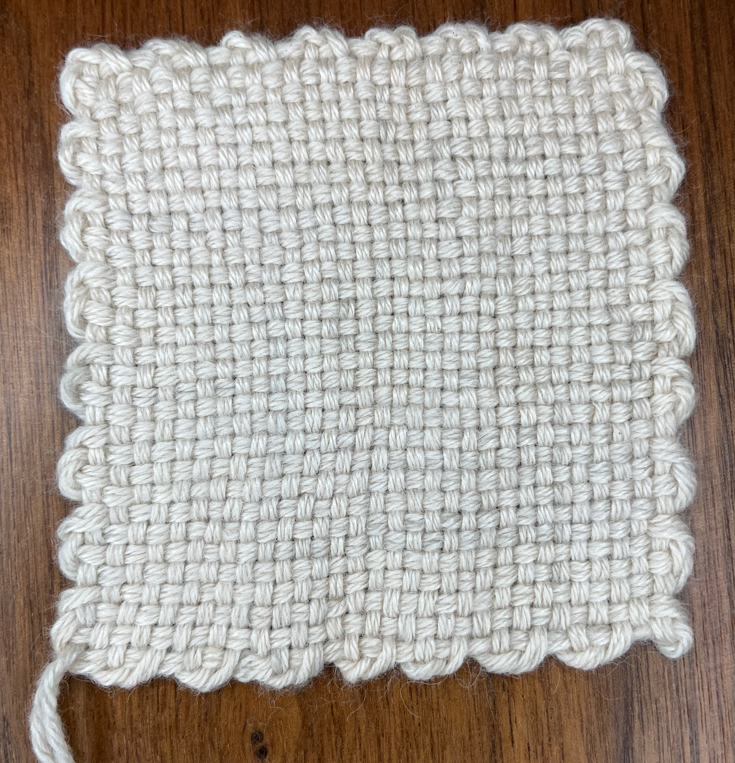
Yarns labeled bulky (5), super bulky (6) and jumbo (7) are too big for most pin looms. There are some pin looms with more space between the pins, but those are not as common. So as a general rule you want to avoid these fibers. But…maybe not. See Breaking the Rules below.
Yarn Fiber Content for Pin Loom Weaving
The great news is you can weave with any type of yarn whether it’s animal or plant based, man made or repurposed material. The bad news is, some materials are easier to weave than others.
The easiest yarn to pin loom weave with those with elasticity. When you pull on the strand, does the yarn stretch? If so, than it has some elasticity and will be easier to weave. Examples would be acrylic and wool.
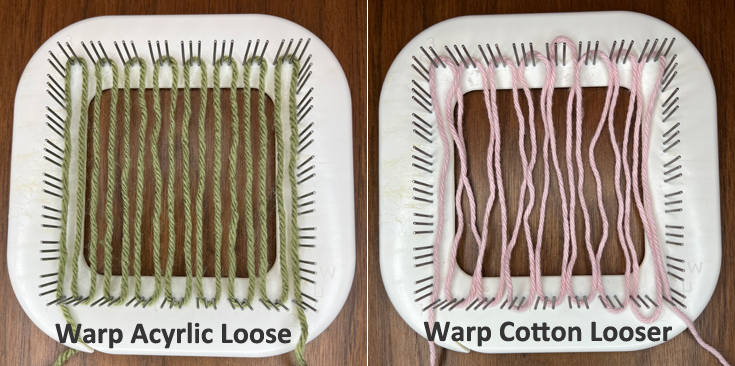
The yarns more challenging to weave are made with fibers/materials that have no elasticity like cotton and bamboo. They can also be used for pin loom projects and may even be preferred because of their fiber content (like dishcloths). You will just need to weave a little differently. Namely, you need to warp (wrap the loom) more loosely, see photo above for reference).
Yarn Structure for Pin Loom Weaving
Basically you’re looking for smooth vs. textured yarns. A smooth spun yarn like the cotton, acrylic and polyester chain pictured below are easier to weave because you will be able to see your strands as you weave. The Eyelash yarn will make it difficult to see your strands.
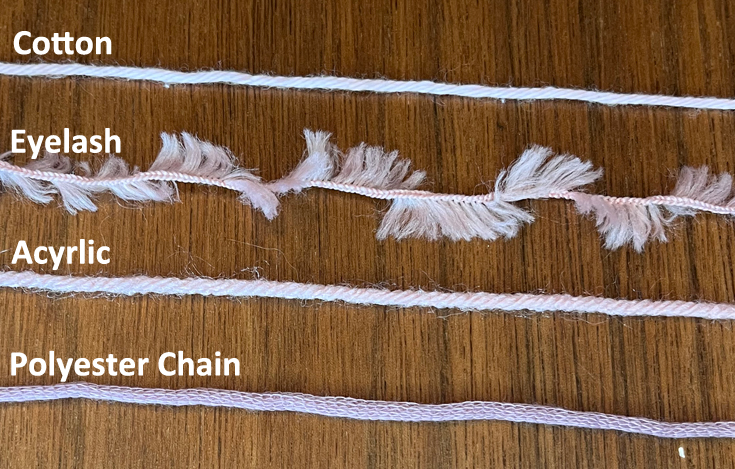
Most yarns are not single stranded, meaning they are constructed with 2 or more strands/plys twisted together. There is an S twist, Z twist, chain and more. Above, the cotton and acrylic are S twist and the polyester is a chain. We haven’t noticed any difference in S vs. Z twist and are mostly concerned about yarns that have bumps, halos (fuzzy) and eyelashes. Textured yarns are super challenging to weave on a pin loom and generally avoided. But…see Breaking the Rules, below.
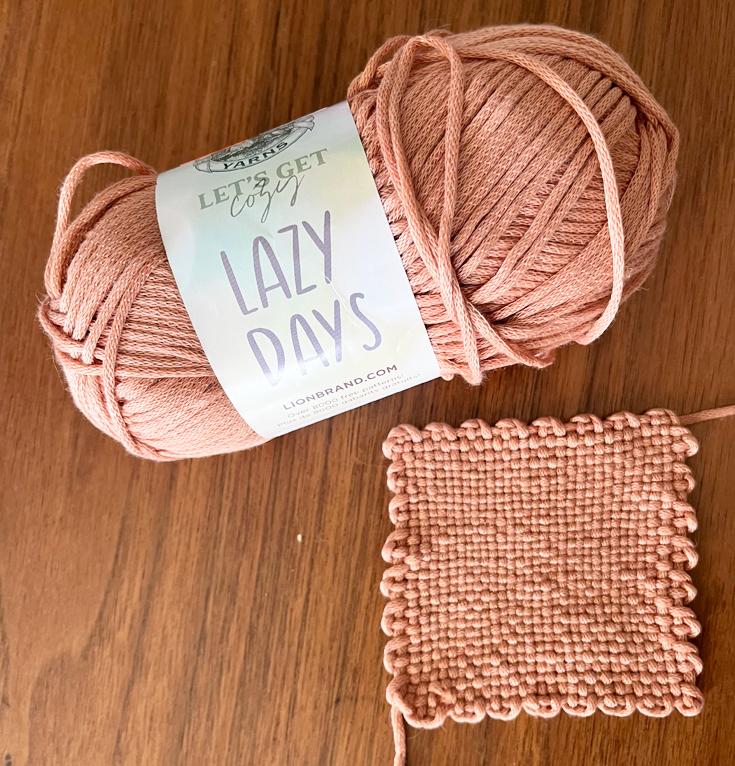
The polyester chain (Lion Brand Let’s Get Cozy Lazy Days) has a nice elasticity and weaves up nicely, though it’s easy to accidently split the yarn. Just be sure not to pull too tightly as you finish pulling the yarn each weave. You don’t want to “cinch” it which will cause the square to have concave looking sides. As mentioned, the smooth texture of the chain makes it really nice to weave.
Below is a photo of dishcloths that were crocheted, knit and pin loom woven with eyelash yarn. You can read more about our experience on the blog, Scrubby Dishclothes…and why we say eyelash yarn should be avoided.
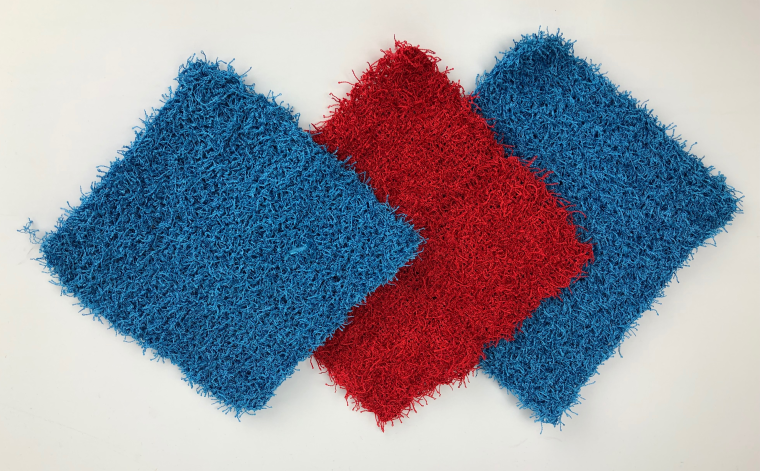
Breaking the Rules
We generally warp/wrap three layers of yarn on the loom and weave one. Most of the time we warp and weave with the same yarn. But mixing and matching is popular too. It changes the entire look of a pin loom woven fabric and can have a drastic effect on your project.
This is where you can experiment; break the rules and use different yarns. You can use a different yarn for each layer or just some of the layers.
Smooth Textured Warp and Textured Weave
A popular combination is wrapping the loom with a smooth yarn then weaving with a textured yarn. This is a great compromise and will save you a lot of frustration and heartache.
Want a scrubby dishcloth? Try warping in cotton and weaving with scrubby.
Another fun combination is warping in acrylic and weaving in eyelash. Below is a photo of Santa’s Belly pillow that incorporated eyelash yarn for just the weave portion. Woven Christmas Decorations were made with 4″ pin loom squares and medium worsted weight (4) yarn.
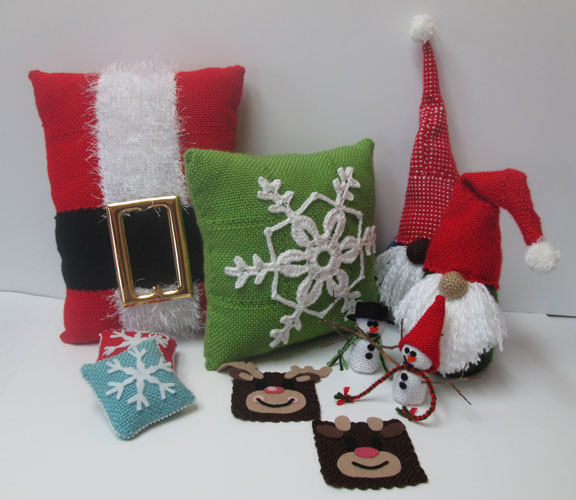
We loved the look of eyelash yarn in woven squares so much, we included it into the beard of the gnome bag found in the Pin Loom Quilt Book of Ideas, too.
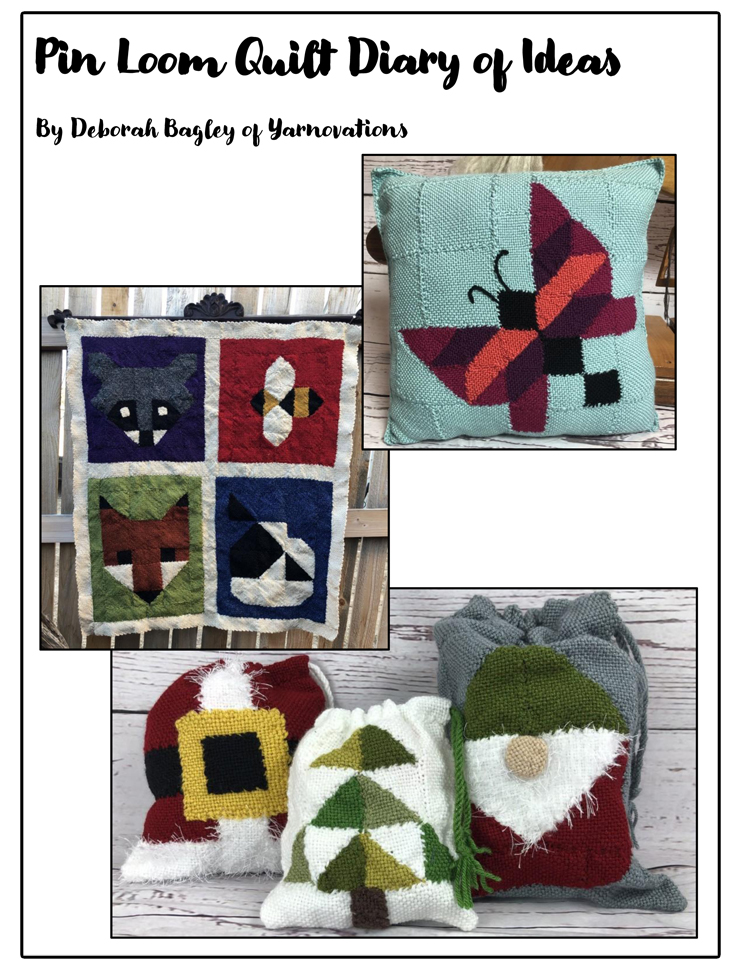
Breaking the rules is where you turn on the creative juices. If you have a yarn that you love but think it would be too difficult to use on a pin loom, try using it for only one or two layers. You can also try it for a partial layer to create gorgeous stripes or embroidery.
Yarns to Pin Loom for Beginners
Putting all this information together, we do have a few recommendations for beginner pin loom weavers. It’s not an exhaustive list, just a place to get started. Here are a few yarns we recommend you use as you learn:
- Cascade 220 Superwash or Cascade 220 Superwash Sport
- Lion Brand Basic Stitch or Heartland or Baby Soft
- Red Heart Soft
- Caron Simply Soft
More could be said, more rules could be made and broken, but we’ll leave it at that.
May you enjoy the journey of experimenting with yarns and creating fabrics and projects that you love.
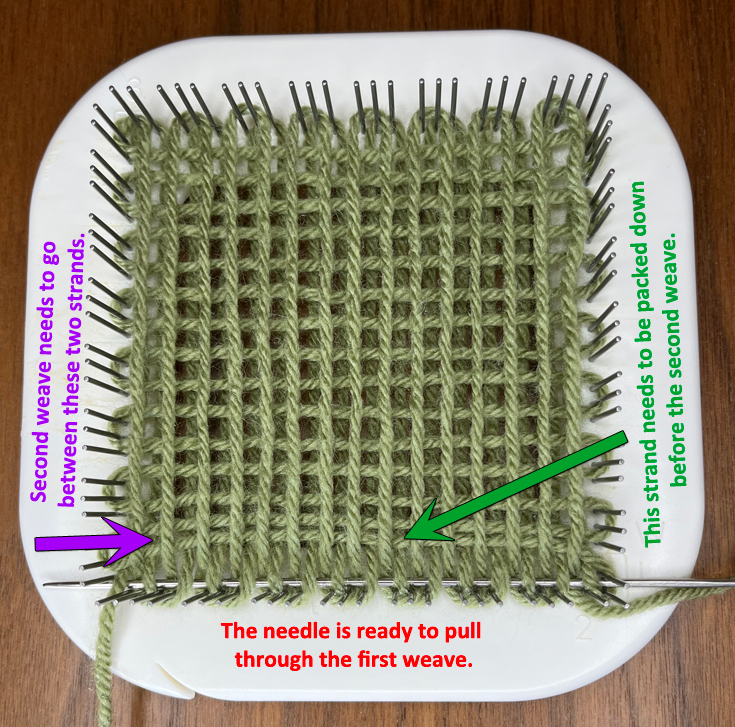
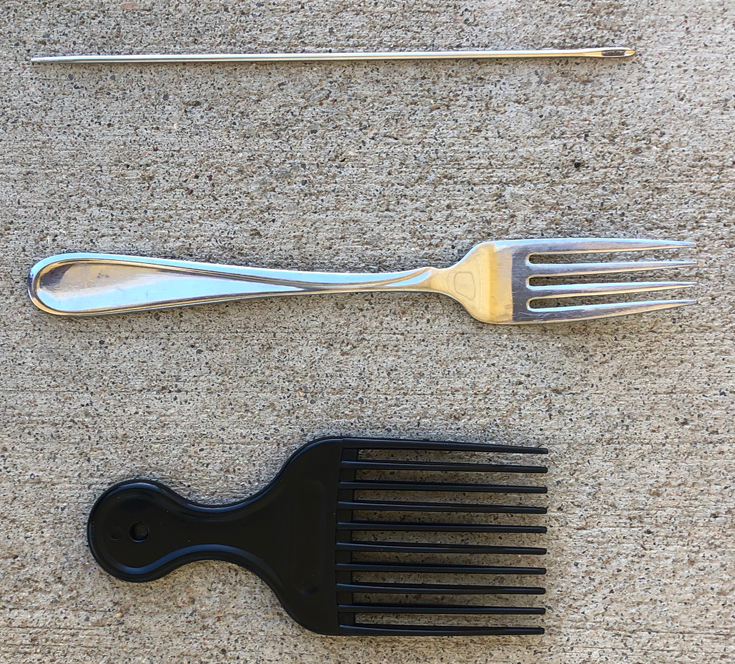
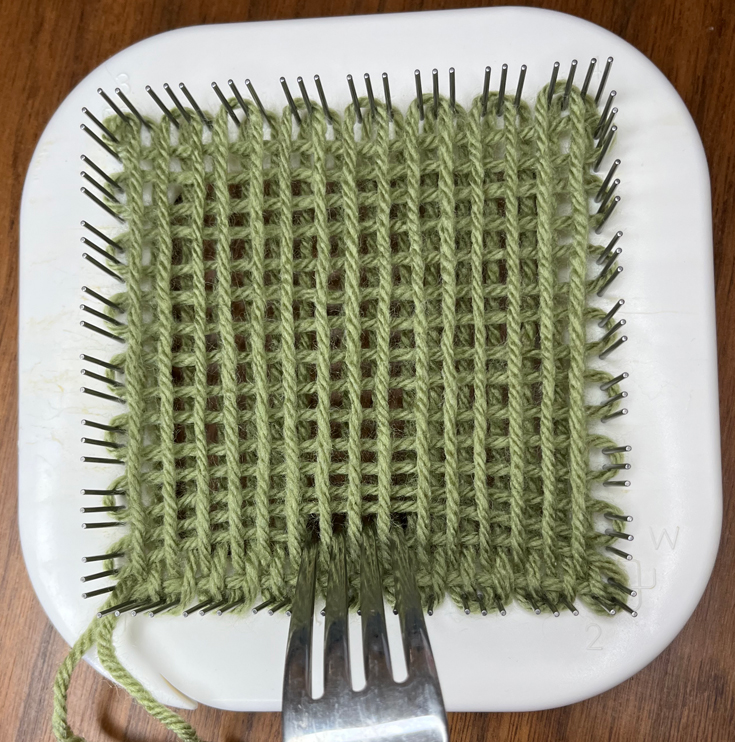

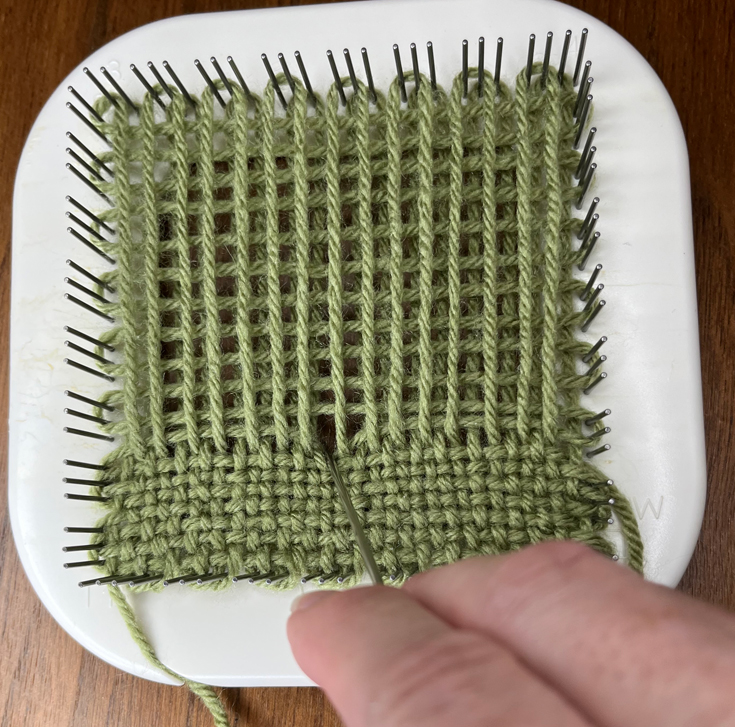
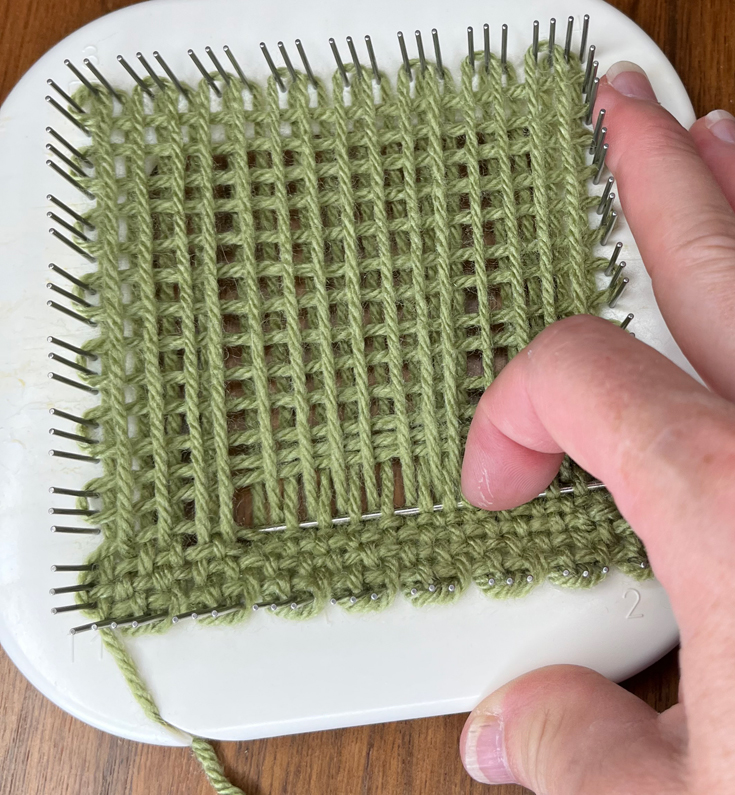

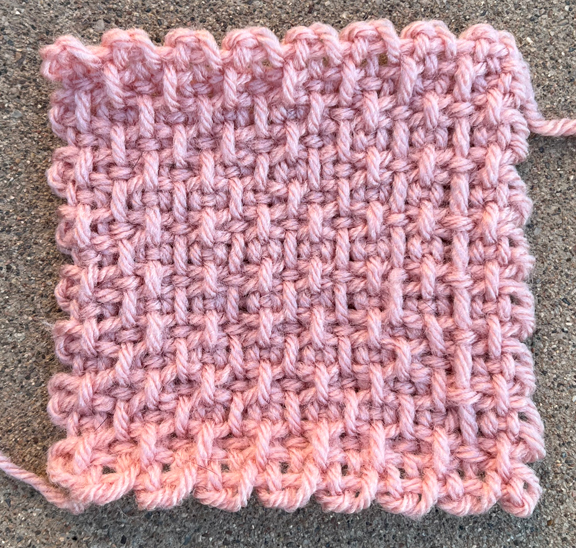
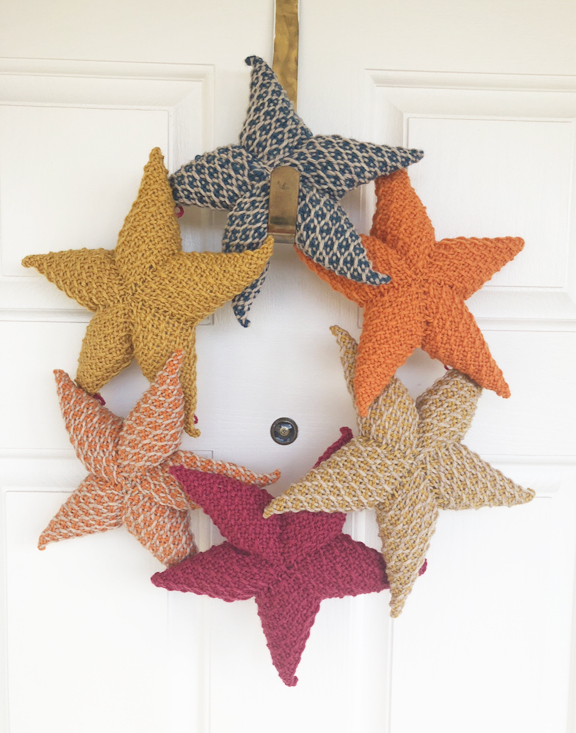
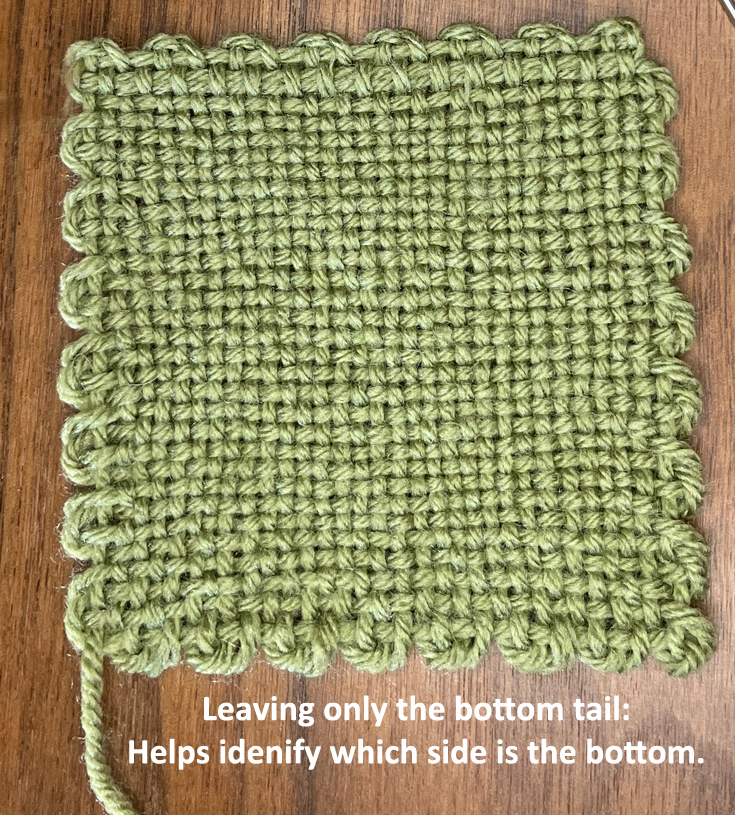
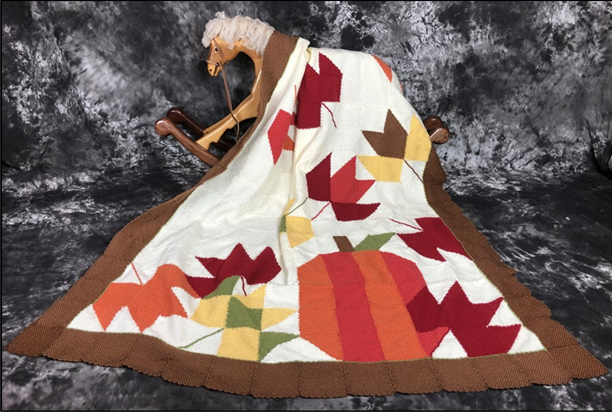
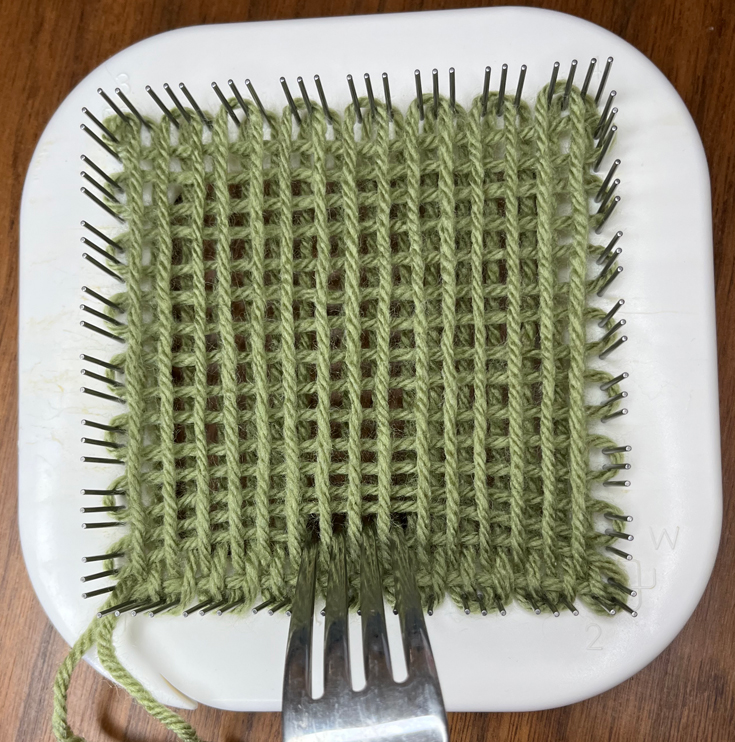
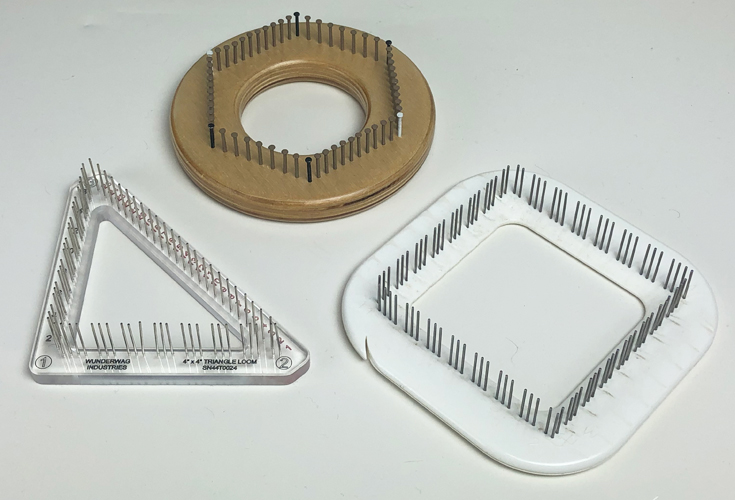
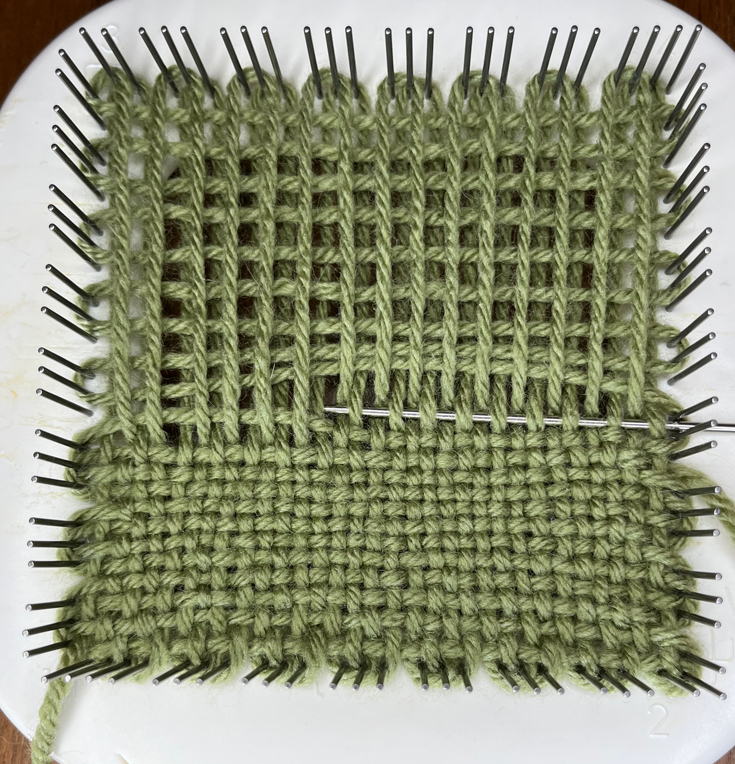
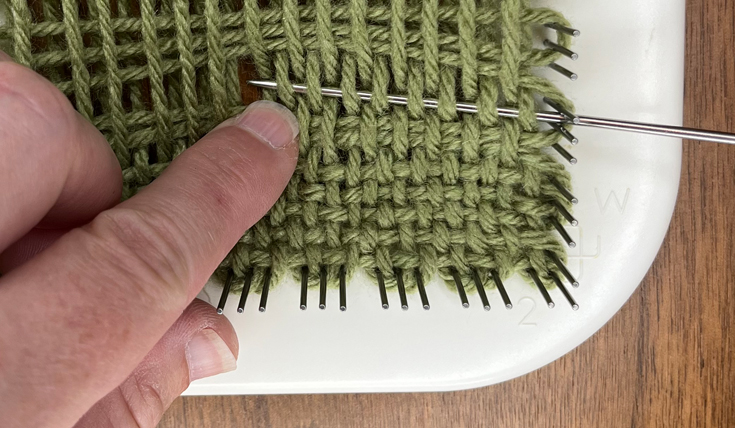
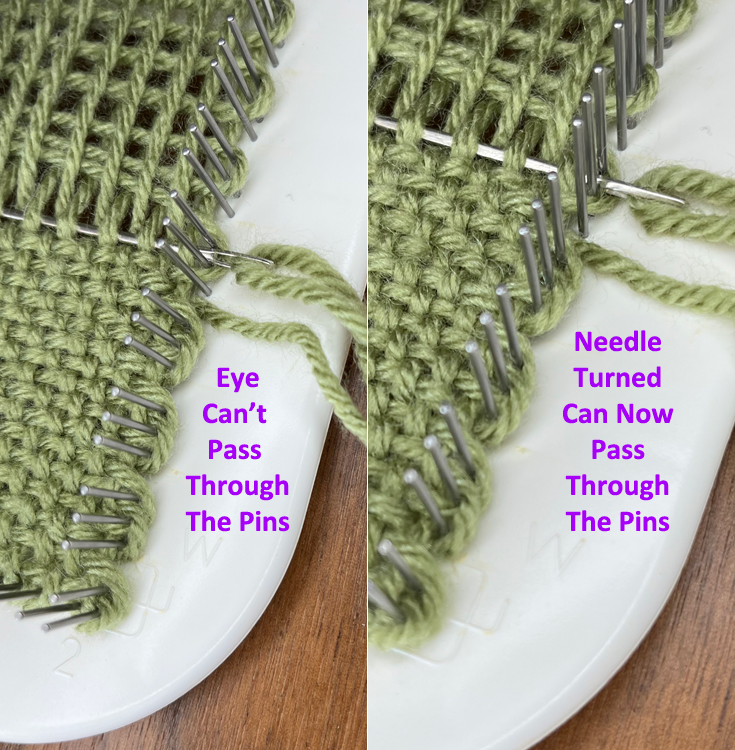
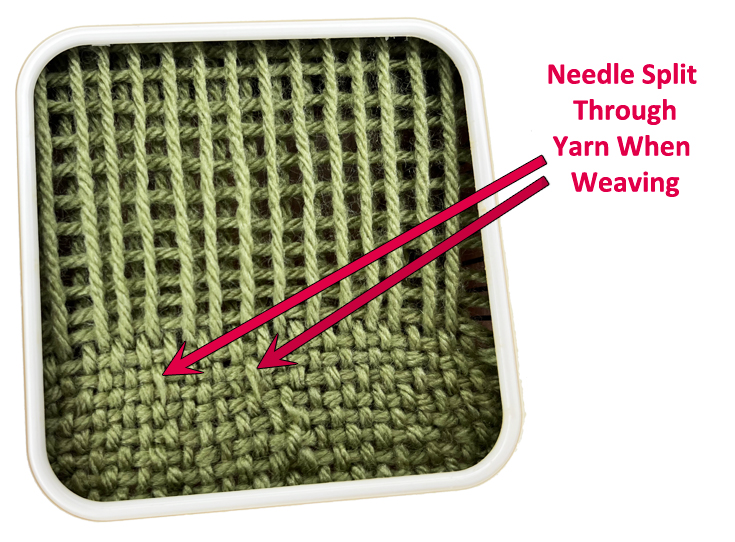
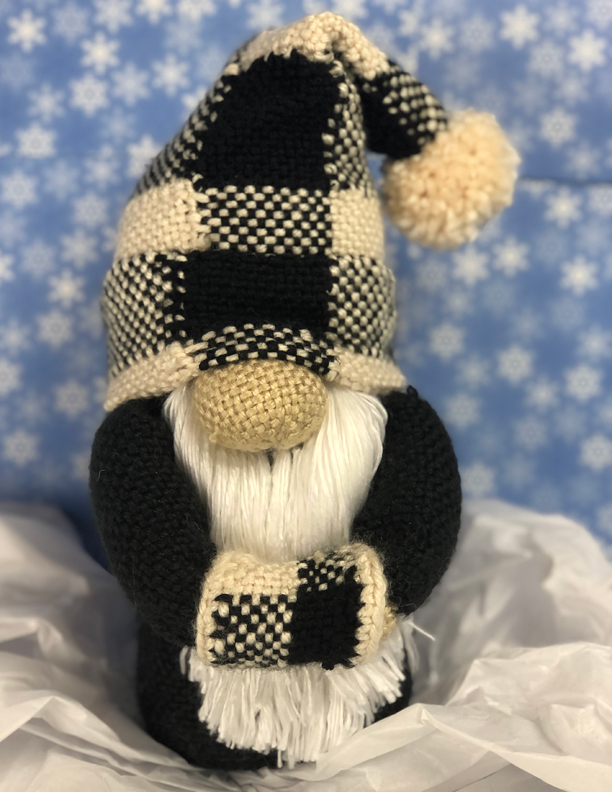

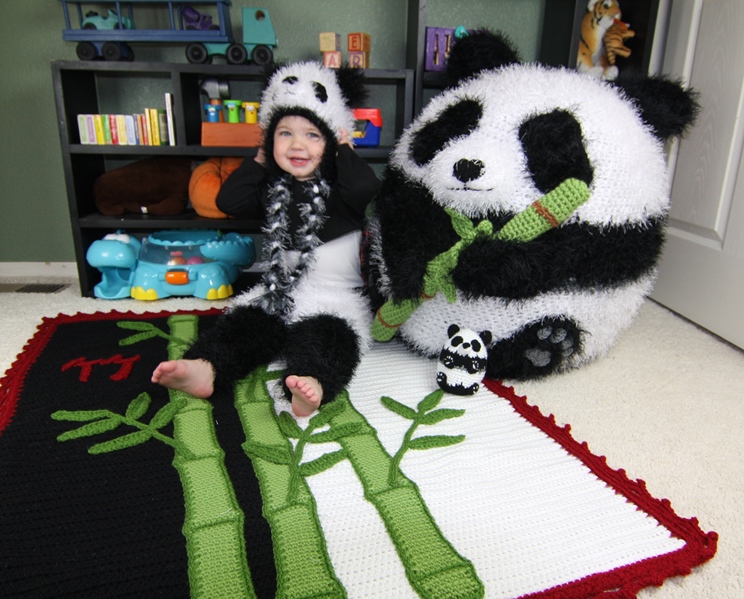
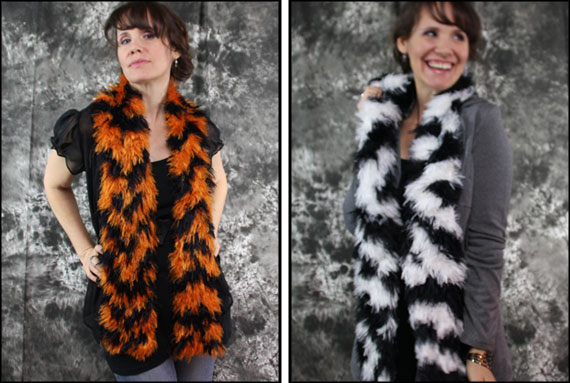
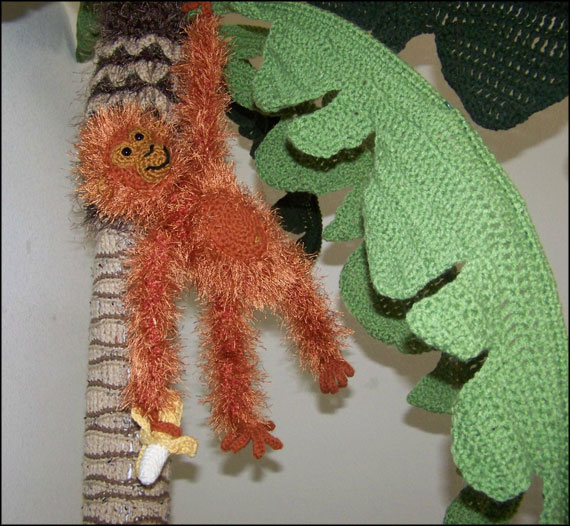



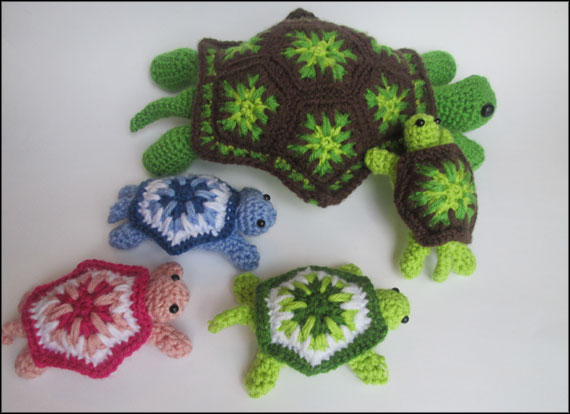
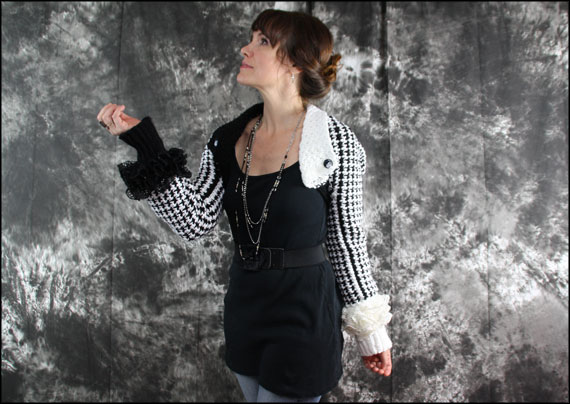
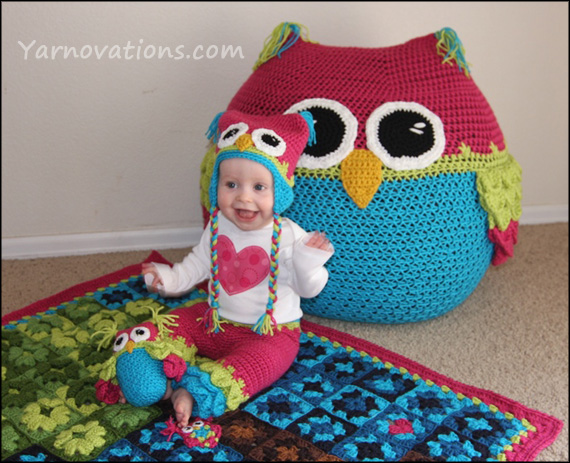
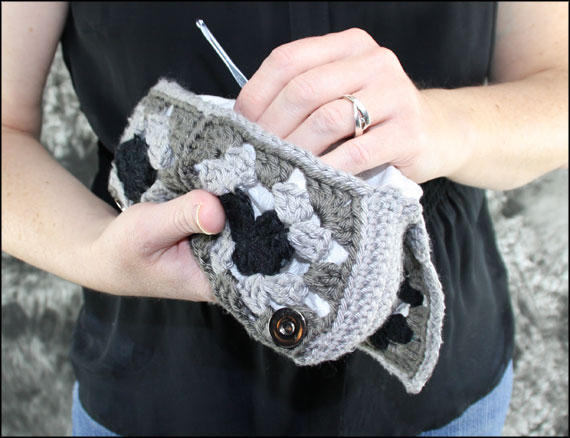
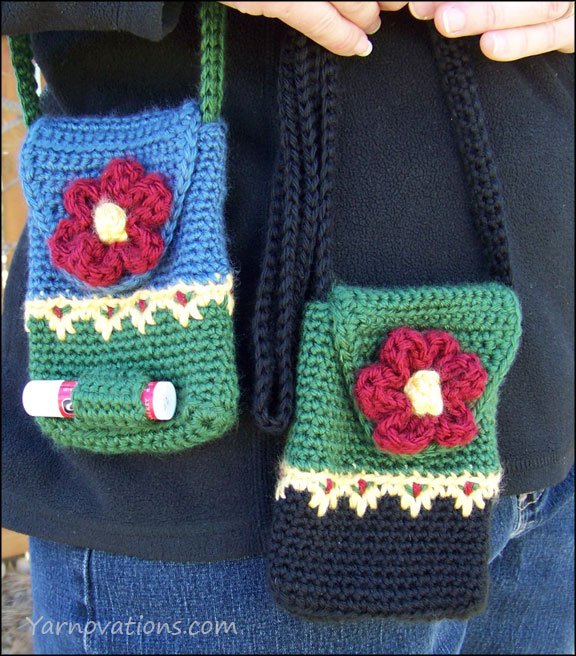
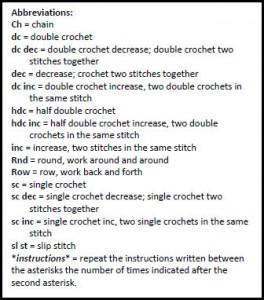
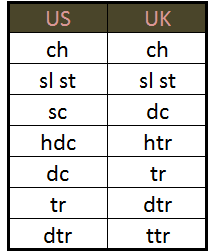

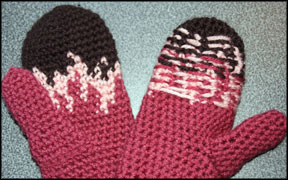
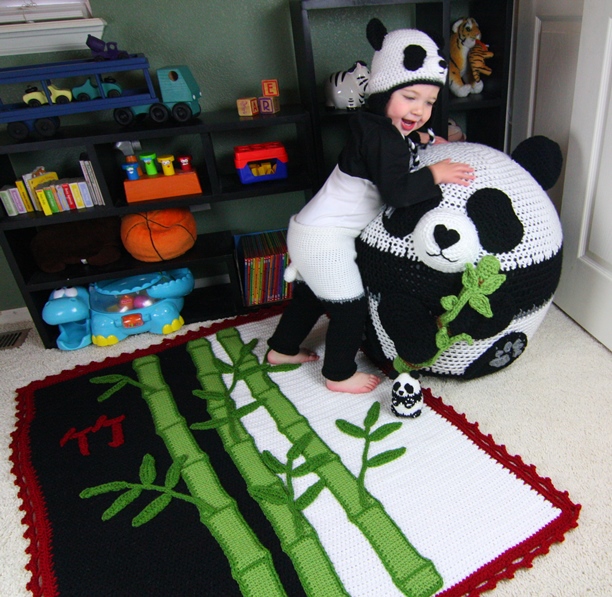
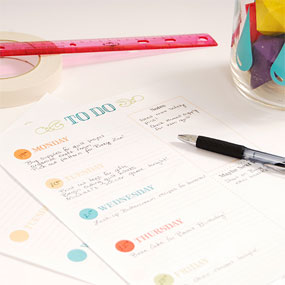 We don’t blog about it much, but we are fans of Craftsy. It’s a wonderful place for online classes. The videos are high quality, the teachers are knowledgeable and there are lots of subjects to choose from. I (Dana) recently learned that they have a bunch of free references and eGuides. Oh, yeah…sign me up!
We don’t blog about it much, but we are fans of Craftsy. It’s a wonderful place for online classes. The videos are high quality, the teachers are knowledgeable and there are lots of subjects to choose from. I (Dana) recently learned that they have a bunch of free references and eGuides. Oh, yeah…sign me up!
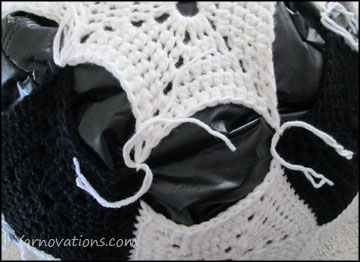 The first and foremost important tip: make the cozy smaller than the bean bag chair. You want it to be a really tight fit, as in…super tight.
The first and foremost important tip: make the cozy smaller than the bean bag chair. You want it to be a really tight fit, as in…super tight.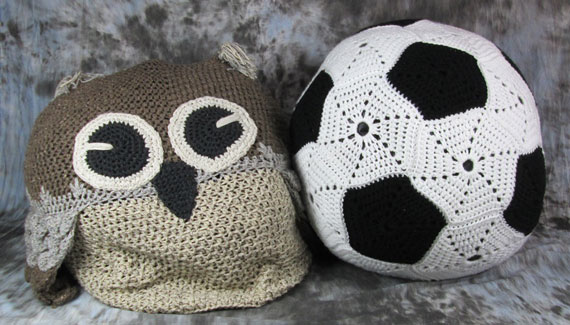
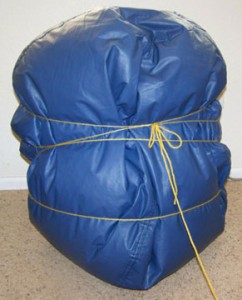 Bean bags by nature are malleable; they reshape with a little bit of pressure. This makes them more tricky to stuff into a cozy. So, we recommend that you tie up your bean bag with yarn into a tall cylinder type shape. After it’s stuffed into the cozy, remove the ties so the bean bag chair is free to reshape when people sit on it.
Bean bags by nature are malleable; they reshape with a little bit of pressure. This makes them more tricky to stuff into a cozy. So, we recommend that you tie up your bean bag with yarn into a tall cylinder type shape. After it’s stuffed into the cozy, remove the ties so the bean bag chair is free to reshape when people sit on it.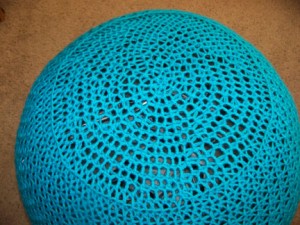 When the bean bag is stuffed into the cozy, there will still be quite a bit of the bean bag left uncovered. Surprisingly, you won’t need very many rounds to finish off the cozy. As tip #1 says…you want a tight fit.
When the bean bag is stuffed into the cozy, there will still be quite a bit of the bean bag left uncovered. Surprisingly, you won’t need very many rounds to finish off the cozy. As tip #1 says…you want a tight fit.